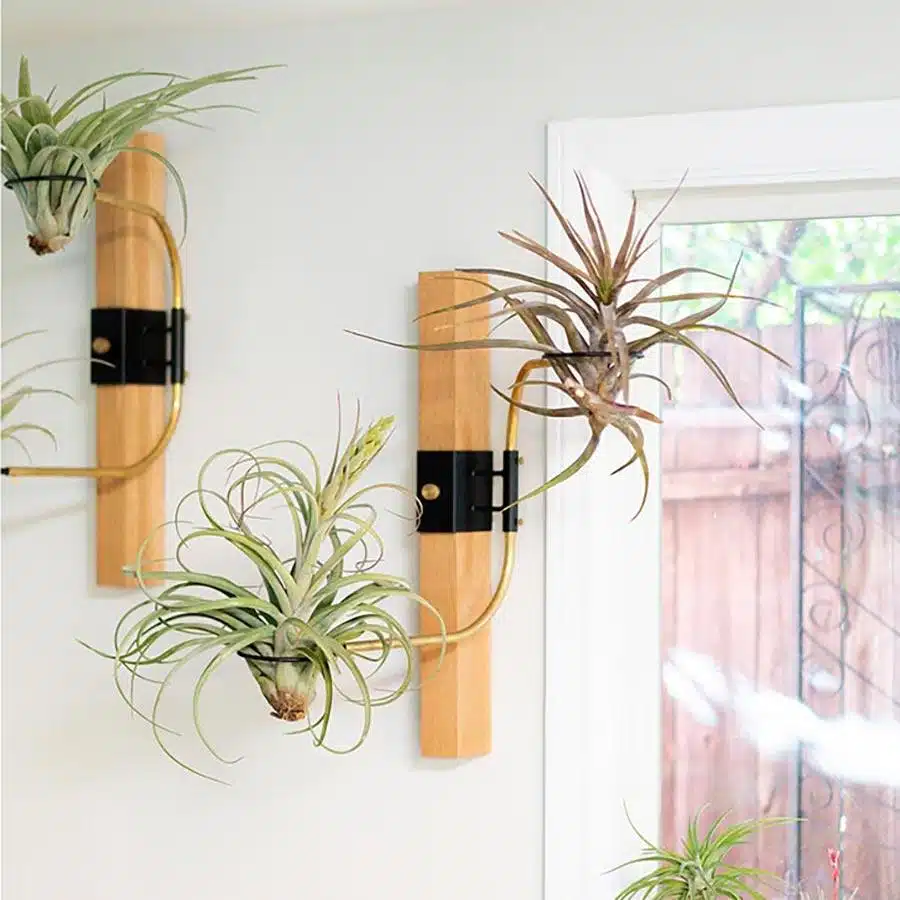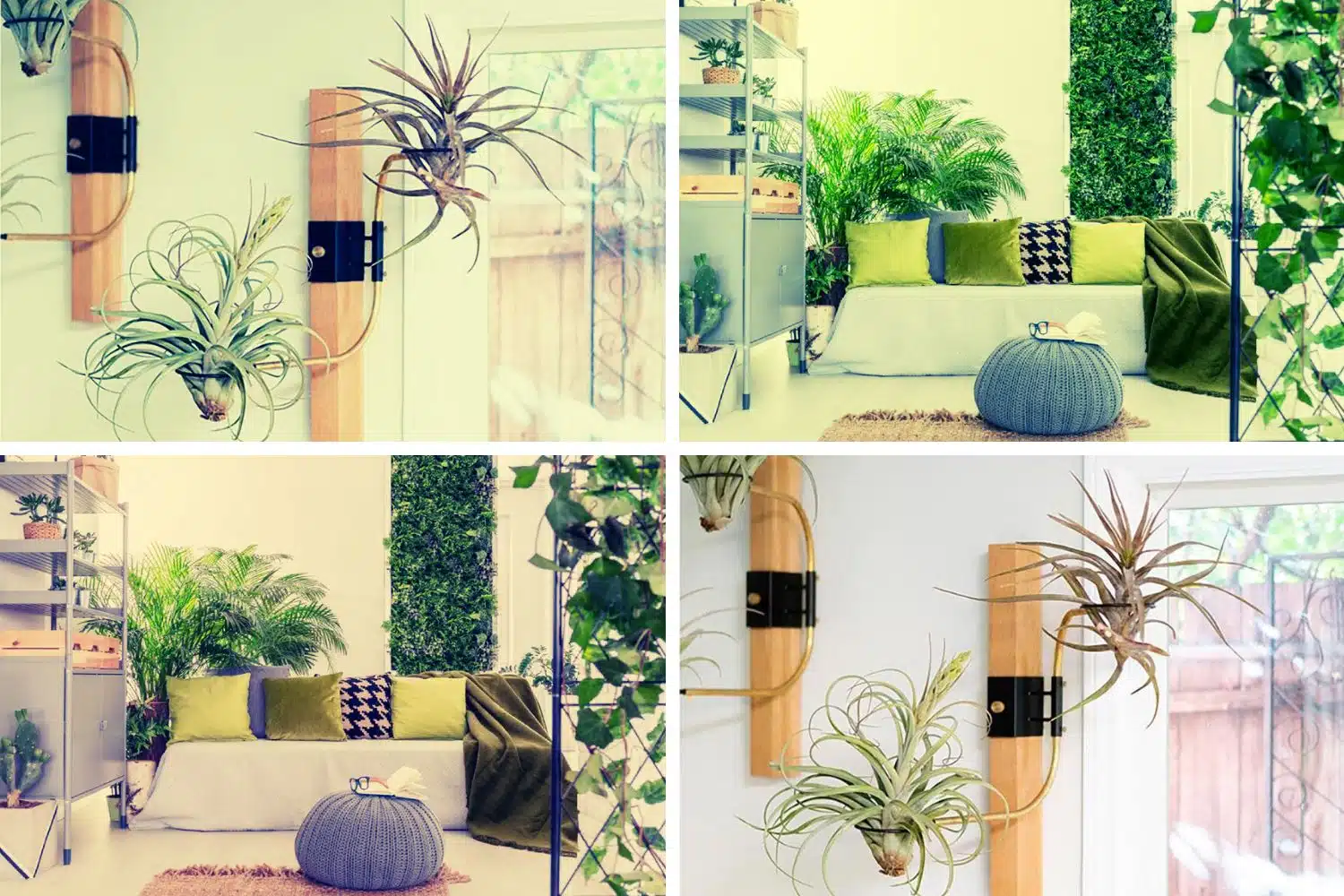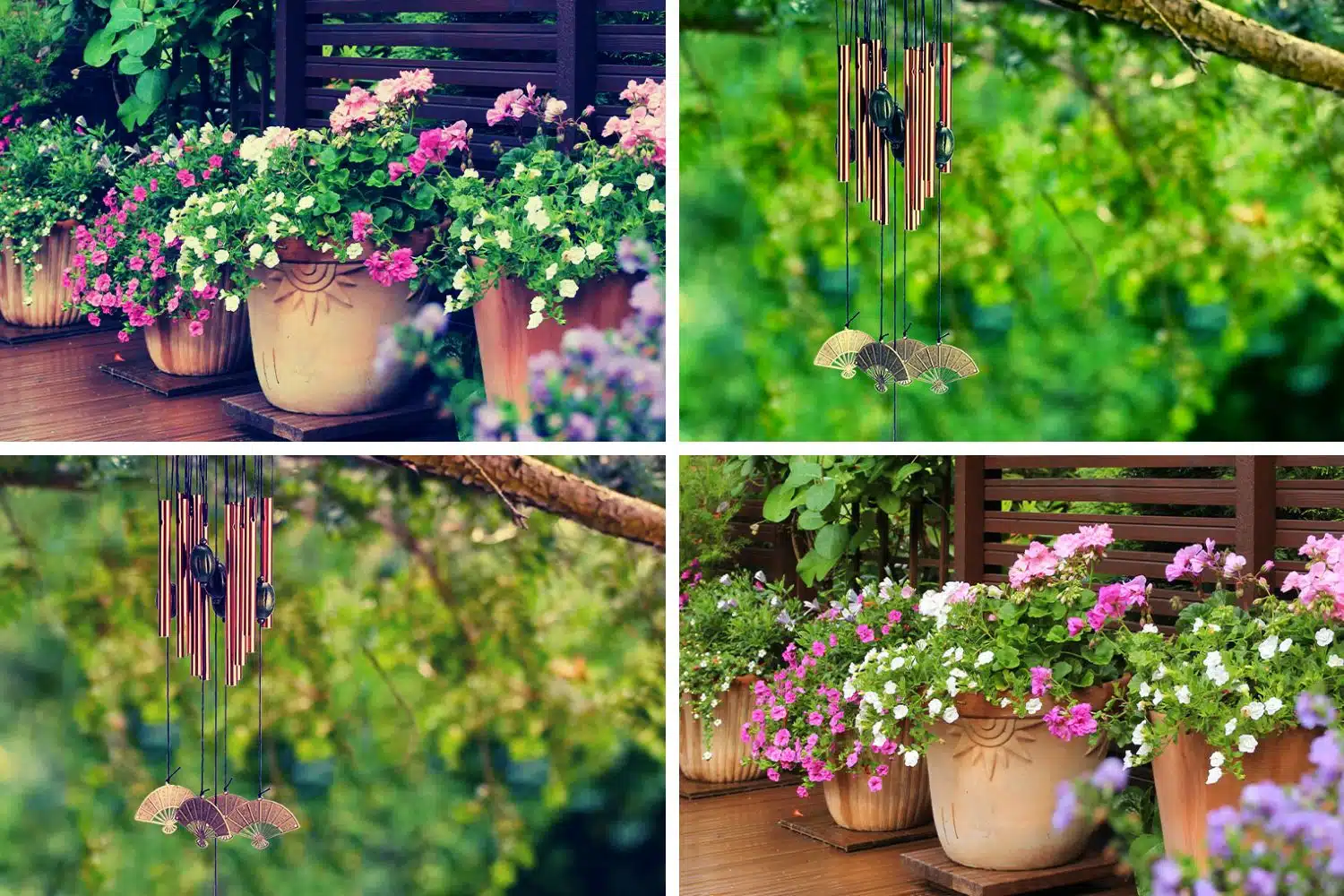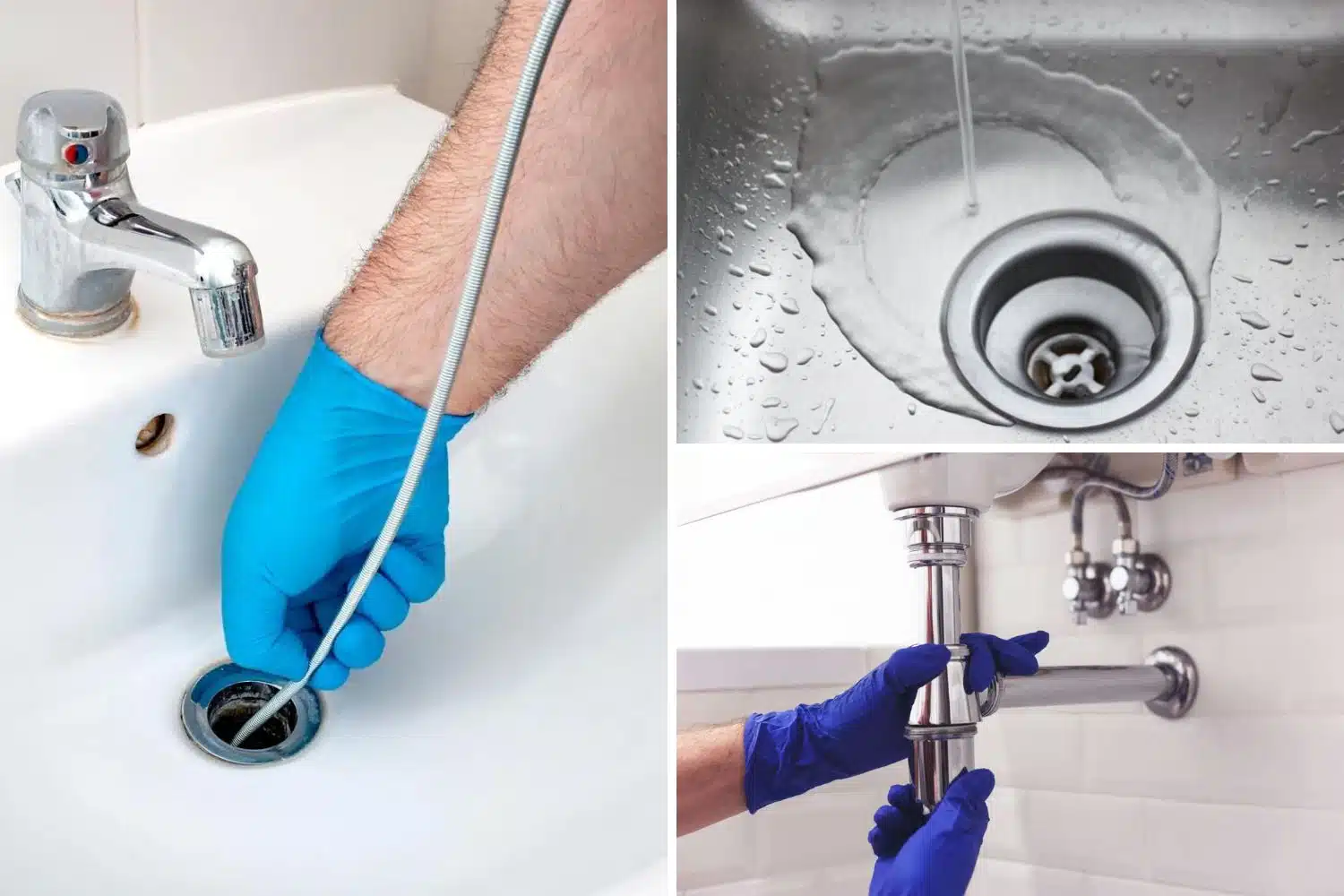Who wouldn’t appreciate a breath of fresh air within their living space? Houseplants not only serve as natural purifiers by filtering out toxins from the air, but they also uplift the ambiance, making your home feel more vibrant, calming, and inviting.
However, when space becomes a luxury, as it often does in city living or in snug apartments, adding a touch of greenery can seem like an uphill task. Fear not because this article will walk you through seven practical ideas to introduce a dash of nature to your limited living space without it feeling crammed.
Using Vertical Space

You can start by looking up—quite literally. Vertical space often goes unused and overlooked, but it holds enormous potential when it comes to indoor gardening. Hanging plants and wall-mounted planters are wonderful choices, transforming your bare walls into lush, green canvases.
Consider incorporating trailing plants such as English Ivy or String of Pearls, as they drape elegantly, creating a lovely cascade of greenery.
On the other hand, if you’ve got a bit more room, why not go for a plant trellis? They can serve as a beautiful partition, providing privacy while not compromising on aesthetics. A climbing Philodendron or a vibrant Bougainvillea would work perfectly on a trellis, gradually unfurling into an eye-catching green curtain over time.
Windowsill Gardening
Do you have a sunny windowsill? It’s the ideal spot for a mini garden. For beginners, succulents and cacti are great choices since they love a lot of light and require minimal care. If you’re looking for a dash of color, flowering plants like African Violets or Geraniums could be just the ticket.
Remember, creating a flower arrangement for tiny spaces doesn’t mean you can’t mix and match—play with varying sizes, heights, and colors to add depth and texture to your display.
For a practical approach, consider starting a small herb garden. Fresh basil, parsley, or thyme right at your fingertips—not only do they add a pop of green to your space, but they can also take your culinary skills to the next level.
Container Gardening
The art of container gardening is a game-changer for those with limited space. It’s a flexible and versatile approach that allows one to rearrange the layout as often as they want or as the needs of the plants change. Choosing the right container is as crucial as selecting the plant itself. Consider factors such as drainage, material, size, and even color. An oversized pot could dwarf your plant, while a tiny one could stunt its growth.
As for the plants, choose ones that are suitable for container growth. Dwarf varieties of shrubs and trees, like the Japanese Maple or Boxwood, are excellent options. Similarly, a lot of vegetables and herbs are perfectly content in containers. Mix and match to create a miniature ecosystem right at home.
Utilizing Shelves And Stands
Shelves and stands are a saving grace when the floor or surface space is scarce. They offer a multi-tiered platform, turning a single corner into a vertical garden. Opt for ladder-style stands for a modern, minimalistic look, or go for classic wooden shelves for a more rustic feel.
Arrange the plants based on their light needs—those requiring more sunlight should sit on higher shelves, while shade-loving ones will be comfortable on lower tiers. This way, each plant gets the attention it needs, and the arrangement becomes an attractive blend of various hues and textures.
Air Plants

As their name suggests, these plants don’t require soil to grow. Instead, they absorb nutrients and moisture from the air through their leaves. This characteristic makes them perfect for tiny spaces.
They can be displayed in a multitude of ways—hung from the ceiling, mounted on a piece of driftwood, or even placed inside a decorative glass terrarium.
Their unusual, often sculptural forms, coupled with the fact that they’re low maintenance, make air plants a popular choice for small living spaces. But don’t be misled by their ‘air’ tag—they still need watering, just in a different way. The way to water air plants is by submerging them in water once a week for about 15-20 minutes. After their bath, they should be shaken gently to remove excess water and then allowed to dry before being placed back in their homes. This ensures they get the moisture they need without the risk of root rot.
Incorporating Greenery Into Home Decor
Who said plants are just for pots? Integrating greenery into home decor can be a refreshing way to add personality to any space. Use a tall indoor palm or fiddle-leaf fig as a statement piece in a corner of the room. Smaller plants, like ferns or spider plants, can work wonderfully as table centerpieces.
For a more dramatic effect, consider a living wall—it serves as a piece of ever-changing art while purifying the air at the same time. Small potted plants can be used as decor on bookshelves or desks, intermingling with books or knick-knacks. The idea is to let creativity flow, and before long, every nook and cranny will be brimming with life.
Maintaining Your Indoor Garden
Caring for an indoor garden requires consistent attention. Appropriate watering is crucial, depending on the specific needs of each plant. Light exposure is another key factor, and plants should be positioned and rotated according to their preferences. A balanced liquid fertilizer applied monthly during the growing season keeps the plants healthy.
Lastly, regular inspection for pests helps prevent infestations that can harm the indoor greenery. Despite the care they require, the reward of nurturing these indoor life forms is worth every effort.
Conclusion
Indoor gardening invites exploration and experimentation, offering the potential to transform even the smallest spaces into verdant retreats. The idea is simple: incorporate greenery and elevate your living space. After all, every home benefits from a touch of nature.






